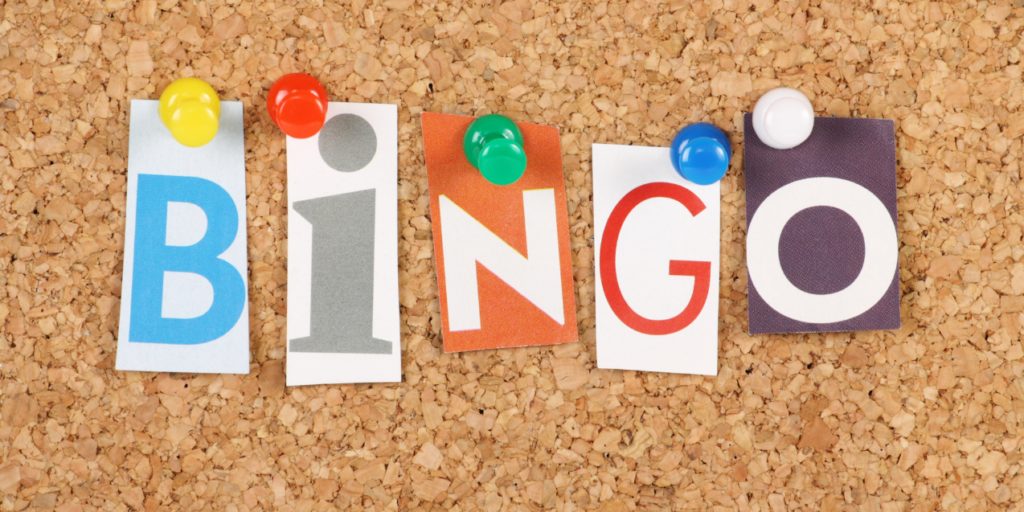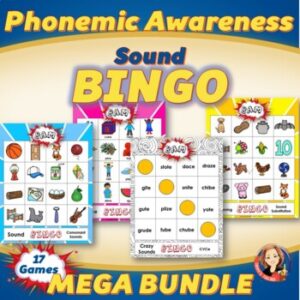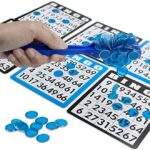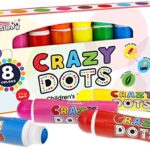Bingo Activities for Phonemic Awareness
Playing Bingo with kids in the classroom is always a fun activity. Sharing laughter and excitement lifts spirits, brings joy, and relieves stress and anxiety. This classic game can also do much more. Bingo activities are fun and easy ways to teach phonemic awareness and reading skills to beginning and struggling readers. Plus, adding the excitement of yelling “BINGO” makes it even more engaging. Let’s see how to adapt this classic game to practice phonemic awareness skills.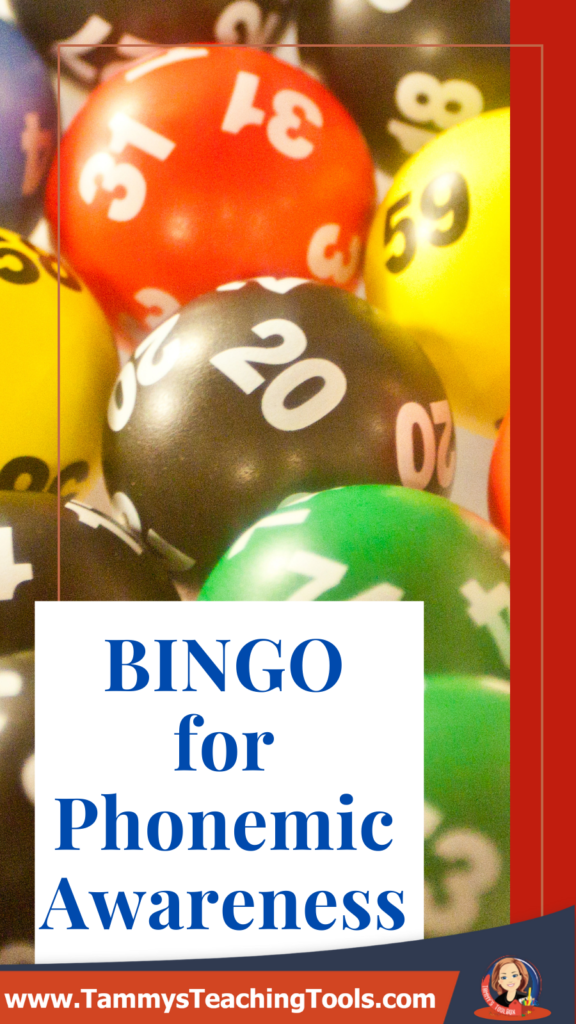
Bingo is a simple and versatile game that is easy to prepare and use in your daily lessons. It is adaptable to almost any topic. Traditionally, Bingo is associated with numbers, but it can be handy for teaching phonemic awareness and phonics skills.
What is Bingo?
Bingo is a simple game that uses bingo cards, counters, and calling cards. It can be used as a review activity or just for fun! It works well as a whole class or small group activity, with each individual using their own card.
The game is played by listening to prompts given by a teacher (or caller) and covering squares on a bingo card with markers when they match the prompt. When a row is completely covered in markers, they call out ‘BINGO’ to win the game.
Why is Bingo Good for Phonemic Awareness?
Using Bingo in the classroom helps your students differentiate between sounds, letters, and words and blend and segment the sounds. The great thing about this game is that students must listen to the caller to know what square to cover on their bingo board. Players must then be able to match what they hear to a word or picture. These connections strengthen phoneme-grapheme mapping, which is a critical component of learning to be a strong reader.
The repetition of the game helps players recognize words and word patterns, expand on vocabulary, and aid in memory. Bingo also works on strategic thinking, problem-solving and social skills. These benefits make playing Bingo in the classroom (and at home too!) great for learning new skills.
 Tips for Making Bingo in the Classroom Exciting
Tips for Making Bingo in the Classroom Exciting
► Use fun markers like small toys, candy, or mini erasers.
► Change “Bingo” to another word for players to yell.
► Have players cover a different board pattern to get Bingo, such as inside squares, outside squares, or all squares.
► Add a small prize or incentive.
► Add a twist by having players get a free square or remove a chip from the board.
What Phonemic Awareness Skills Work with Bingo?
It is easy to adapt Bingo to many skills. The game can be easily prepared using words from any curriculum or reading program.
Students can make their own bingo boards by drawing a grid on paper and filling it in with a list of words. This gives everyone a unique card.
Teachers can prepare bingo cards too. If you don’t have a lot of time and want each player to have a unique card or pictures, look for commercially made and printable bingo cards. A set of printable bingo cards for phonemic awareness is available below. These save a ton of time and are easy to print and use.
Here are some phonemic awareness skills to use with Bingo.
► Rhyming – Players listen to a word and match the picture on their card that has a rhyming sound.
► Phoneme Substitution – Students listen to a word and then are instructed to replace one sound with a different sound to create a new word. They cover the picture of the new word on their board.
► Letter Sound Recognition – Players listen to a phoneme and then cover the letter that makes that sound. They can also cover a picture that has the same initial, medial, or ending sound. This is useful for working on alliteration and CVC words.
► Nonsense Words – Nonsense word bingo is a great tool to practice and assess students’ ability to hear and decode sounds in words.
► Syllables – Players listen for the number of syllables in a word
► Syllable Types – Players must listen to a word and decide what syllable type they hear. This is great for long and short vowel review.
Try These Bingo Games in Your Classroom
Do you want to play phonemic awareness sound bingo but aren’t sure where to start or short on time? Check out this bundle of bingo games that includes over 17 phonemic awareness bingo games. The games are also available separately, so you can pick what you need.
Check out my Free Resource Library and download a bingo game to try out.
If you don’t have the secret code, click here to sign up!
You may also like these fun bingo accessories. (This post contains affiliate links.)
Using Bingo in the classroom allows students to turn practice into a game. Research supports that this has benefits and helps students retain information faster and build brain connections. So, pass out the bingo cards and get ready to yell,
BINGO!

You may like these posts
13 Hot Toys and Fun Games for Reading
The Importance of Phonemic Awareness


